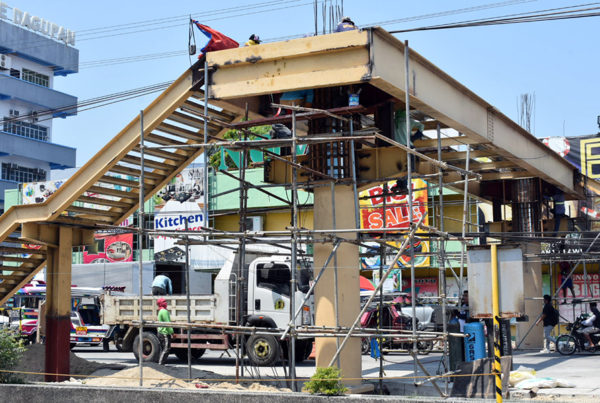Run-off water forces early fish harvest
BROWNISH WATER FROM UPSTREAM
BROWNISH water coming from the upstream forced massive harvesting of high-value fish, including bangus, being raised in captivity in Dagupan during the onslaught of Typhoon Karen last Oct. 16 and which continued when Typhoon Lawin hit the city on Oct. 19 and 20.
City Agriculturist Emma Molina described it as “upstream river run-off water” from the mountains and farms in Benguet that cascaded through the Pantal-Sinocalan river system and emptied in the Lingayen Gulf that passed through Dagupan, the lowest end of the Agno-Sinocalan river system.
“The color is brownish because the water brings with it debris including silt particles. If they do not flow out of the river to the gulf, they could cause the silt deposits on the river bed,” she said
The Pantal-Sinocalan river system is connected to the Ingalera-Tagamusing river basin that draws water from Mt. Ampucao in Tuba, Benguet.
She said it is a common situation that occurs after several days of rain specially during a typhoon when upstream dams release their water.
Molina was continuously reporting to Mayor Belen Fernandez who is currently in the United States.
The situation can cause fishes to die gradually from the silt particles that may be deposited in their gills as they ingest water or when the silt is embedded on their scales that ultimately cause irritations and wounds.
In such situation, fish growers resort to early harvesting, she said.
Harvested during the onslaught of the two typhoons were lapu-lapu, apahap, sea bass, and other high-value fish species, including milkfish.
Molina reported to Mayor Fernandez that she already advised bangus fishpond owners to put their flash boards in their main canals, a practice that the fisherfolk are familiar with to prevent further losses. (Leonardo Micua)
Share your Comments or Reactions
Powered by Facebook Comments









